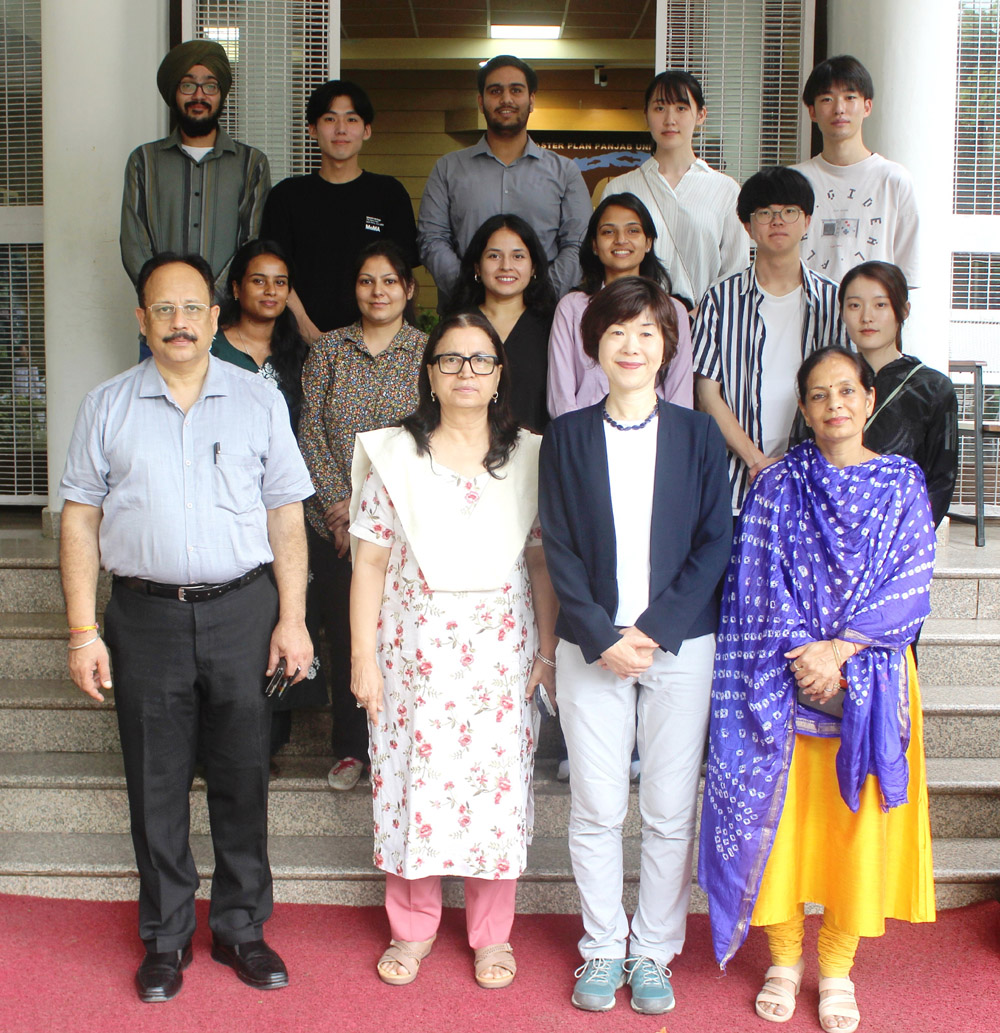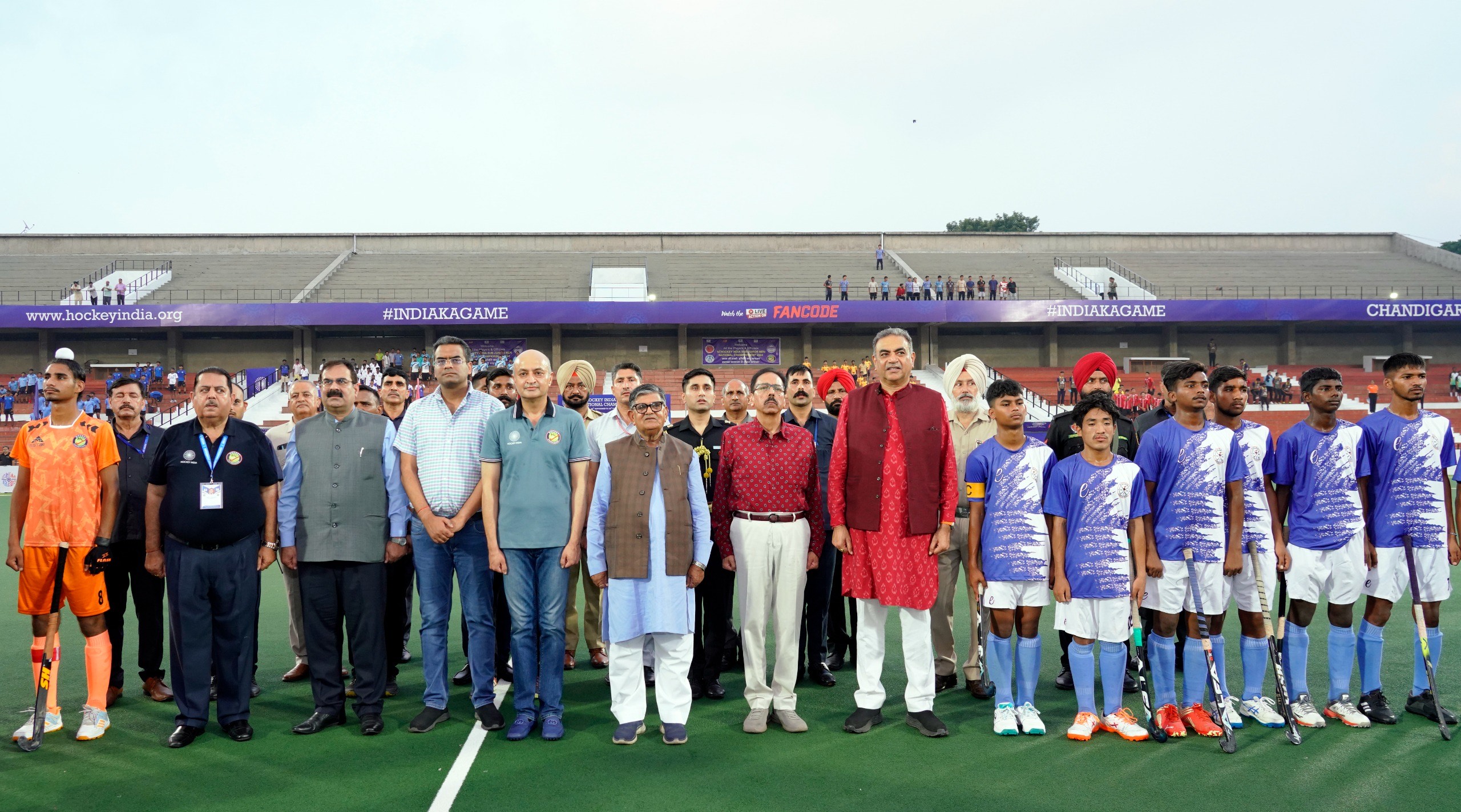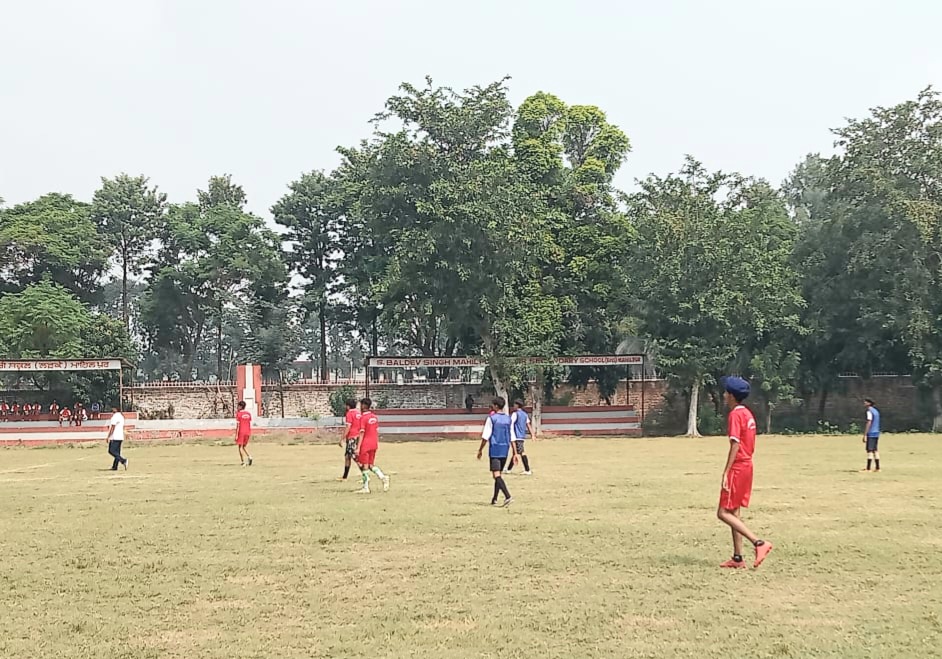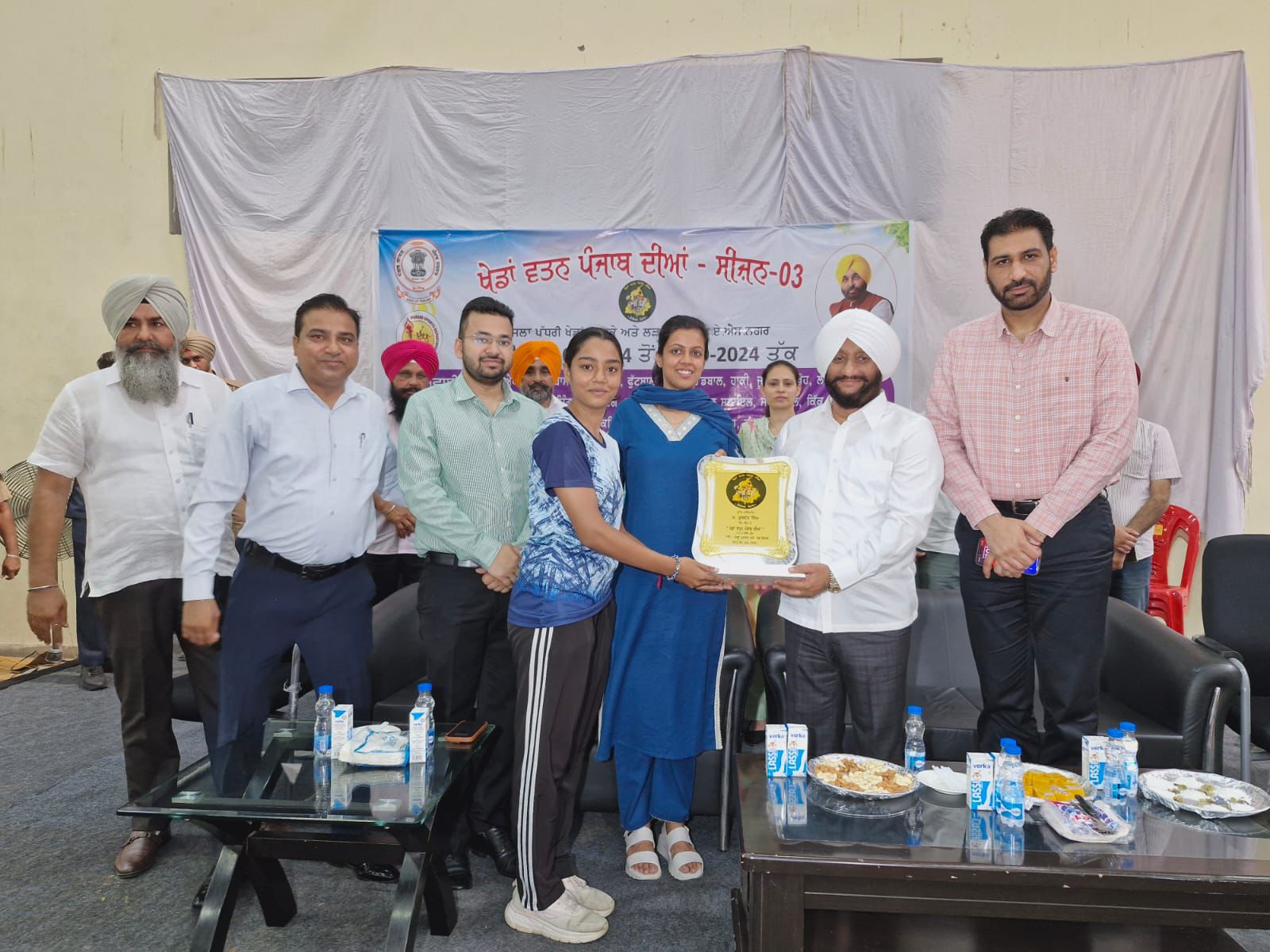
Japanese students visits Panjab University under Student Exchange Program
Chandigarh September 13, 2024:- Dr. S. S. Bhatnagar University Institute of Chemical Engineering & Technology Panjab University Chandigarh proudly welcomed a group of Japanese students with their campus President Prof. Kabashima Hiromi from Yokohama National University as part of an educational exchange initiative aimed at fostering international collaboration and knowledge sharing in the field of chemical engineering.
Chandigarh September 13, 2024:- Dr. S. S. Bhatnagar University Institute of Chemical Engineering & Technology Panjab University Chandigarh proudly welcomed a group of Japanese students with their campus President Prof. Kabashima Hiromi from Yokohama National University as part of an educational exchange initiative aimed at fostering international collaboration and knowledge sharing in the field of chemical engineering.
The visiting students met with Prof. Renu Vig, Panjab University’s Vice Chancellor, in a formal ceremony that highlighted the importance of international partnerships in education. She warmly welcomed the delegation, expressing PU’s commitment to fostering global academic relationships. “We are thrilled to host these talented students from Japan. Their visit enriches our academic community and opens up exciting possibilities for future collaborations in research and student exchange programs,” said the Vice Chancellor.
The Japanese delegation expressed their gratitude for the warm hospitality extended by the Vice Chancellor and Panjab University, and conveyed hopes for continued cooperation between the two institutions.
This visit marks another milestone in Panjab University’s ongoing efforts to strengthen its international presence and build fruitful relationships with educational institutions worldwide.
The visit saw students engaging with faculty members of UICET participating in laboratory demonstrations, and attending lectures on cutting-edge topics such as sustainable energy, process design, and industrial applications of chemical engineering.
Prof. Anupama Sharma, Chairperson, UICET expressed enthusiasm for the exchange program, stating, "This collaboration with students from Japan not only broadens the horizons of our own students but also strengthens our ties with international institutions. The knowledge exchange paves the way for joint research and potential future partnerships."








